
In the resplendent constellation of ceramics, there are stars that shine brightly, using clay as their ink and kiln fires as their brushes to create breathtaking artistic masterpieces. Gu Jingzhou and Shoji Hamada are two such ceramic masters whose brilliance transcends national boundaries. Their journey from inexperienced apprentices to revered grandmasters is filled with boundless wisdom and perseverance, illuminating the path for future generations in the pursuit of ceramic excellence.
Gu Jingzhou, a monumental figure in modern Chinese ceramics, was born into a family of purple clay potters, yet his path to mastery was not made easier by his family background. In his early years of learning the craft, he immersed himself in traditional purple clay techniques. The potter, faced with the intricate and labyrinthine manual skills—such as beating clay slabs, forming the body of the pot, and attaching spouts—knew that each step required absolute precision. The slightest mistake could result in a misshapen pot body or a spout that had poor water flow. To hone his basic skills, he practiced tirelessly day and night. His fingers were often cut by sharp tools, and his blood would stain the clay, yet he never gave up. As he groped forward in the profound traditions, Gu Jingzhou also experienced moments of confusion. At that time, the purple clay community was dominated by similar styles, and he wondered how to stand out. He calmed himself, read extensively through ancient texts, and examined antique pots, drawing inspiration from the essence of traditional Chinese culture. He integrated elements of calligraphy and painting into his pot-making, creating lines on the pot body as lively as calligraphy and engravings with the profoundness of paintings. Ultimately, he established himself as the “Grandmaster of Pot Art”.
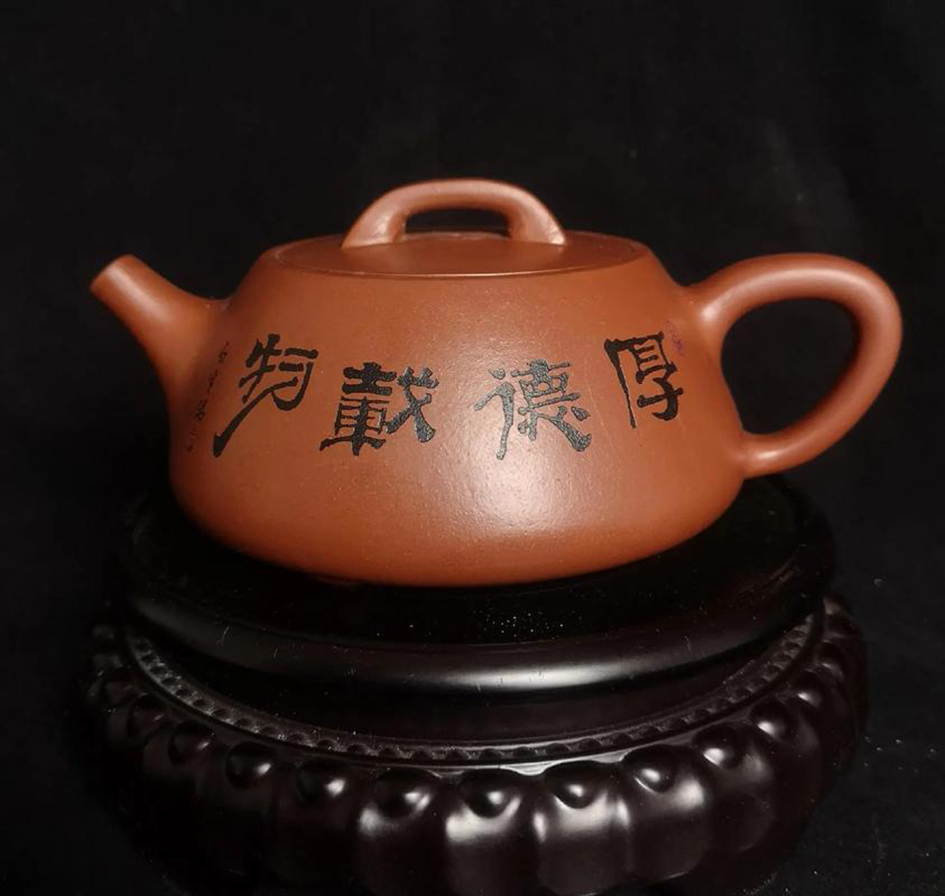
In middle age, Gu Jingzhou entered a period of creative explosion. Amidst the changing times, he keenly captured new demands. His works retained the simple and elegant charm of traditional purple clay while incorporating modern minimalist aesthetics, infusing traditional ceramics with contemporary vitality. His classic creation, the “Handled Teapot” , features a simple and majestic design. The pot body is as smooth and round as a piece of jade, and the handle seems to float like a beam, which not only resonates with the Chinese people’s reverence for jade culture but also echoes the geometric beauty of modern architecture. Since its debut, it has amazed people everywhere and has become a calling card for purple clay art to reach the world, breaking geographical boundaries and allowing the world to appreciate the charm of Chinese ceramics.
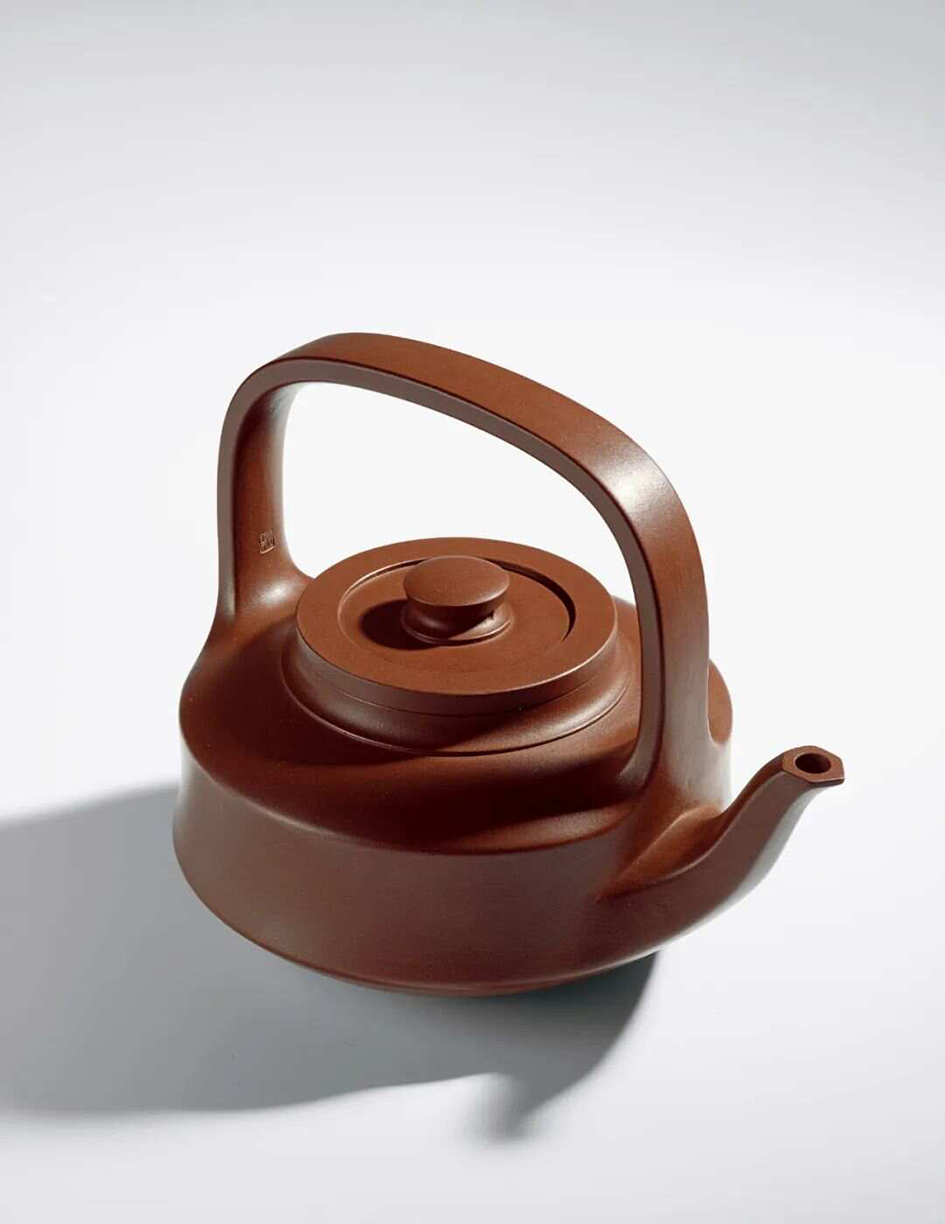
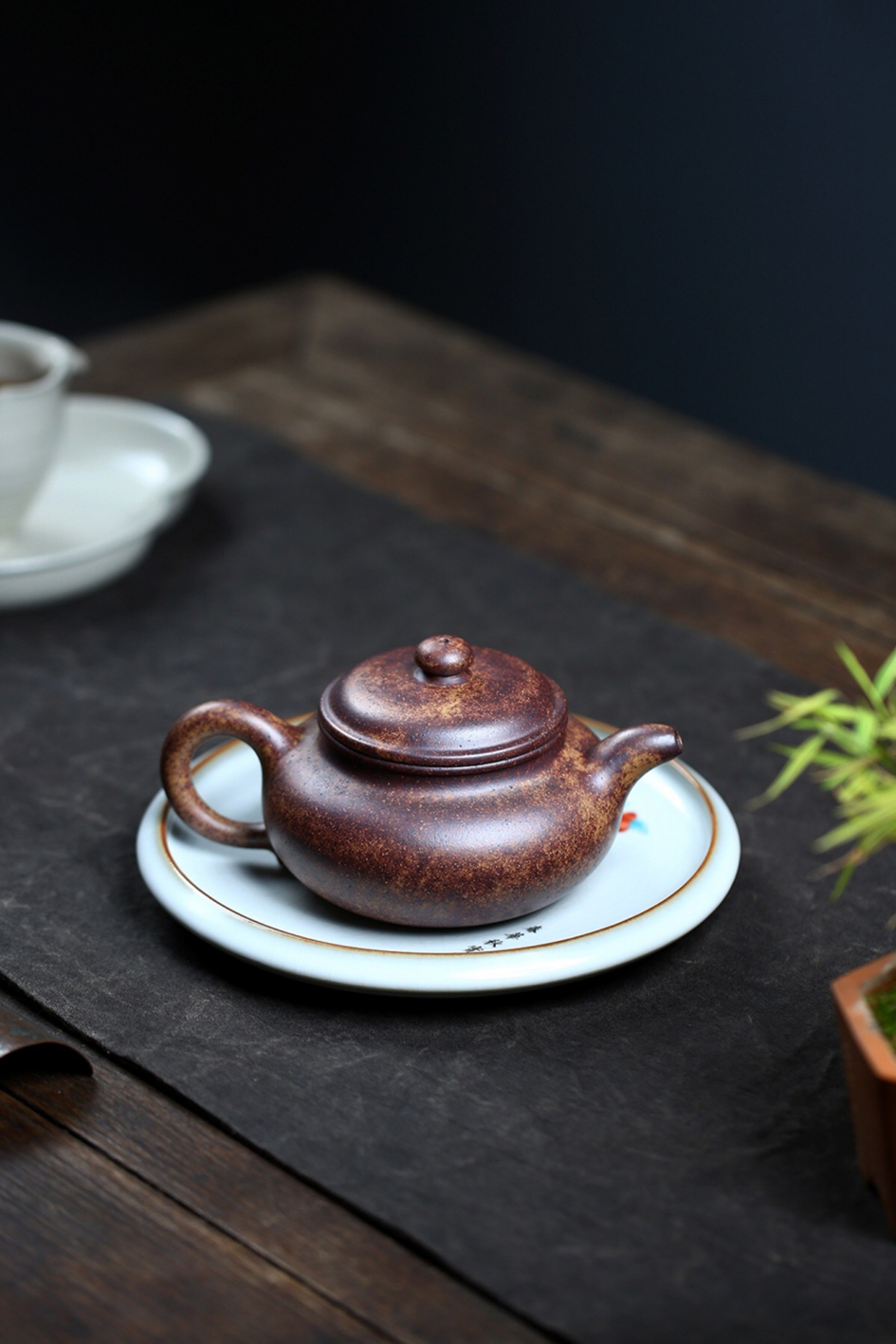
In his later years, Gu Jingzhou, having achieved great success, did not stop. He dedicated himself to the transmission of his craft. He taught and lectured, imparting his lifelong skills to the younger generation without reservation. He also wrote books and articles, recording his understanding of purple clay and the key techniques, all to ensure that the flame of ceramic art would never be extinguished. In his eyes, he was a ferryman in the long river of ceramic art, carrying future generations to a higher and more distant shore.
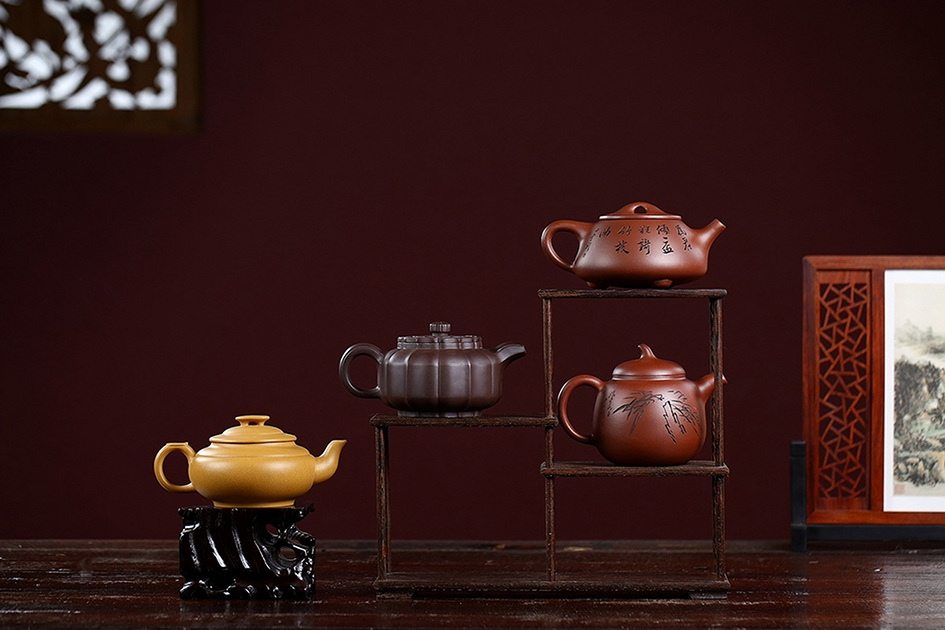
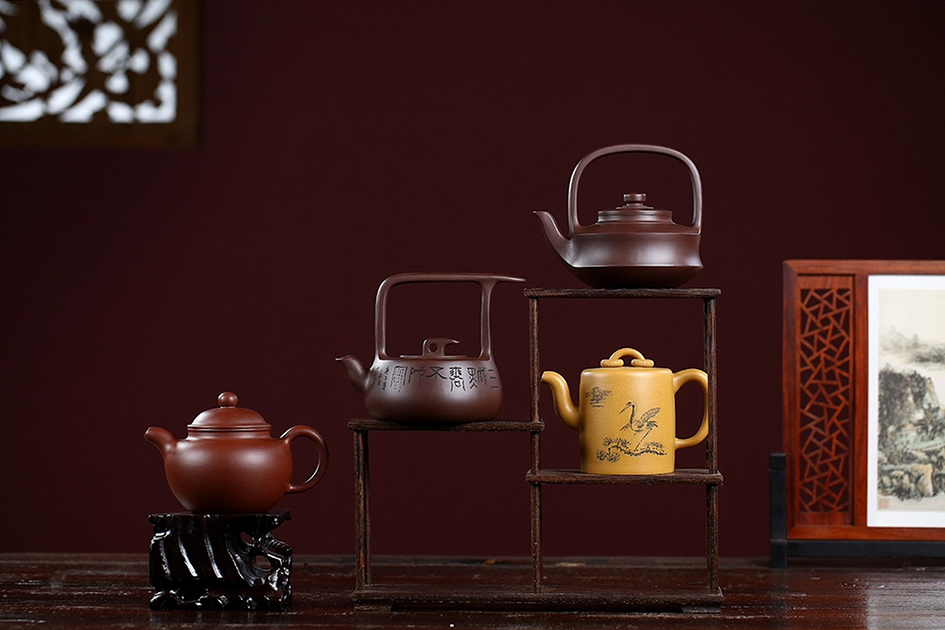
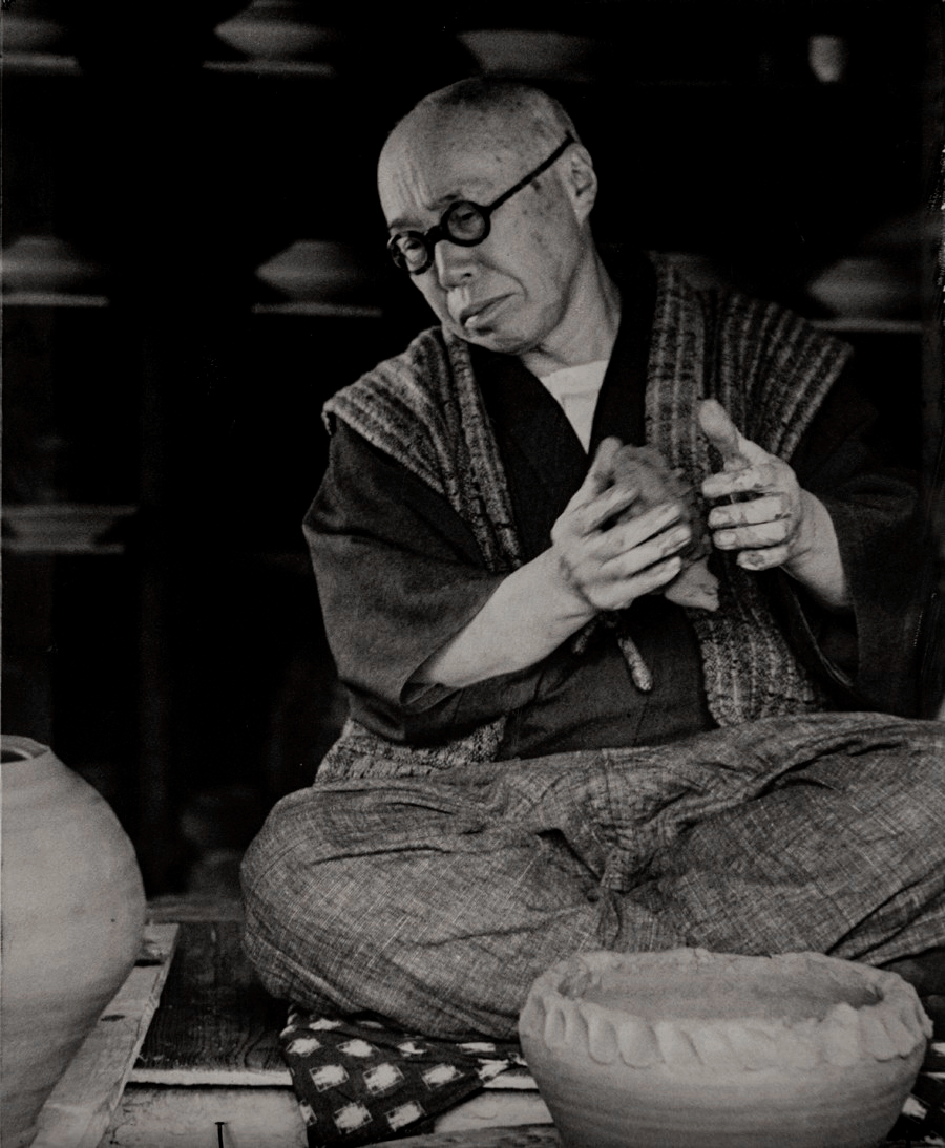
After crossing east to Japan, Shoji Hamada continued to weave his legend. In his youth, captivated by the unadorned beauty of Japanese folk pottery, he apprenticed under master artisans to embark on his arduous ceramic journey. Mastering pottery required not only complex hand-forming techniques but also expertise in ancient wood-fired kiln operation-days and nights spent stoking flames and regulating temperatures amidst smoke and sweat, all to decipher the kiln’s “temperament” and make clay vessels radiate their ultimate splendor in the flames. During his early stylistic explorations, Hamada faced intense internal conflict between indigenous traditions and Western modernist influences. Should he conform to trends or remain true to his artistic convictions? He immersed himself in rural communities, seeking answers in Japan’s traditional lifestyles and natural environments. Grounded in coarse local clay and primitive firing methods, his works gradually developed a “rugged refinement and artful simplicity”: earthenware bowls and stoneware vases exuded the fragrance of soil and the breath of nature, like countryside ballads awakening people’s yearning for pastoral existence.
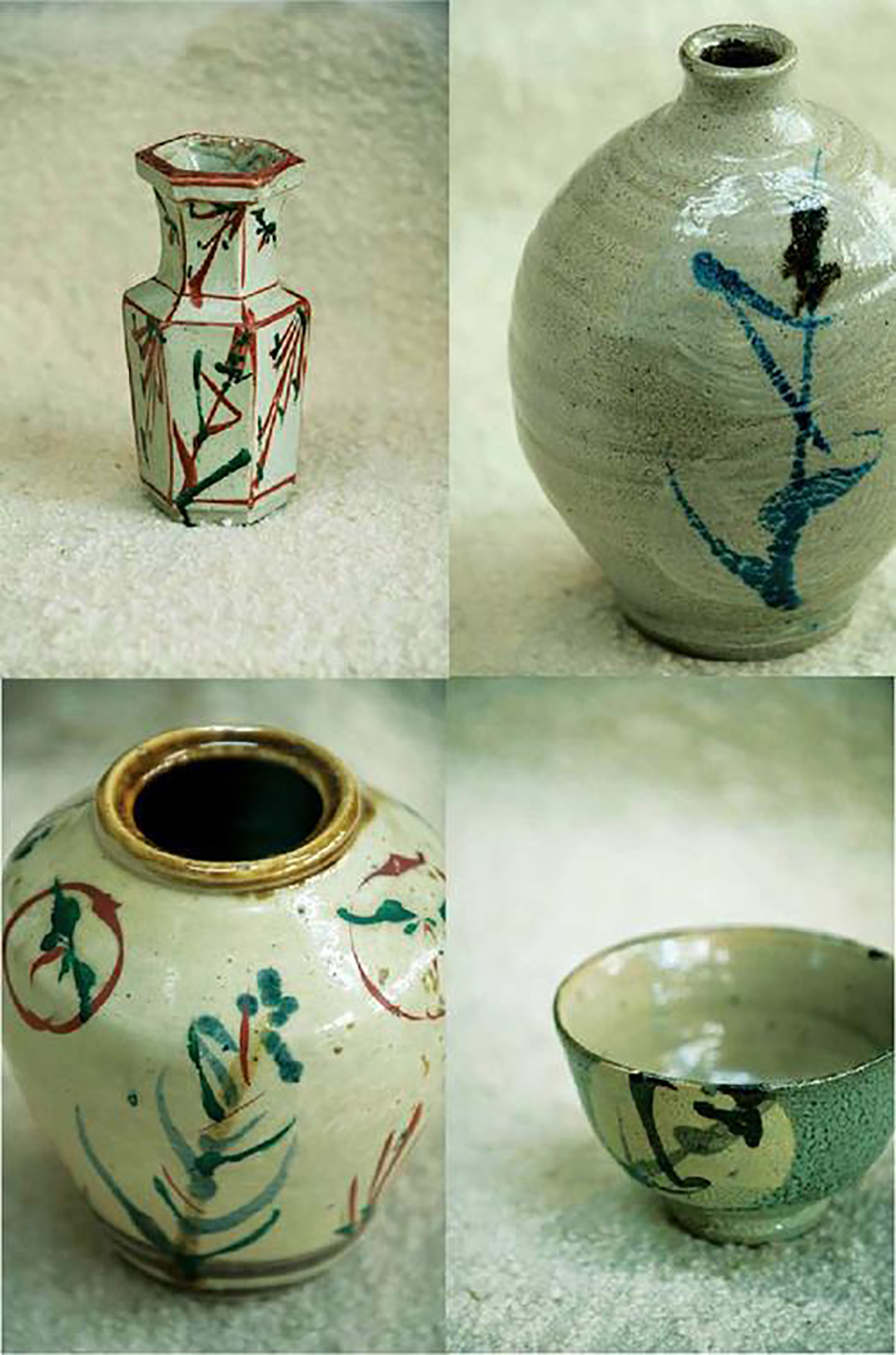
In his middle age, Shoji Hamada used his works as a bridge to connect Japan with the international ceramics community. He actively participated in international exhibitions and exchange activities, bringing the unique charm of Japanese folk pottery to the world. At the same time, he absorbed modern Western design concepts, innovating in the proportions and color combinations of his works to make them more visually striking. This allowed him to gain prominence on the global stage, elevating Japanese pottery from rural obscurity to worldwide recognition.
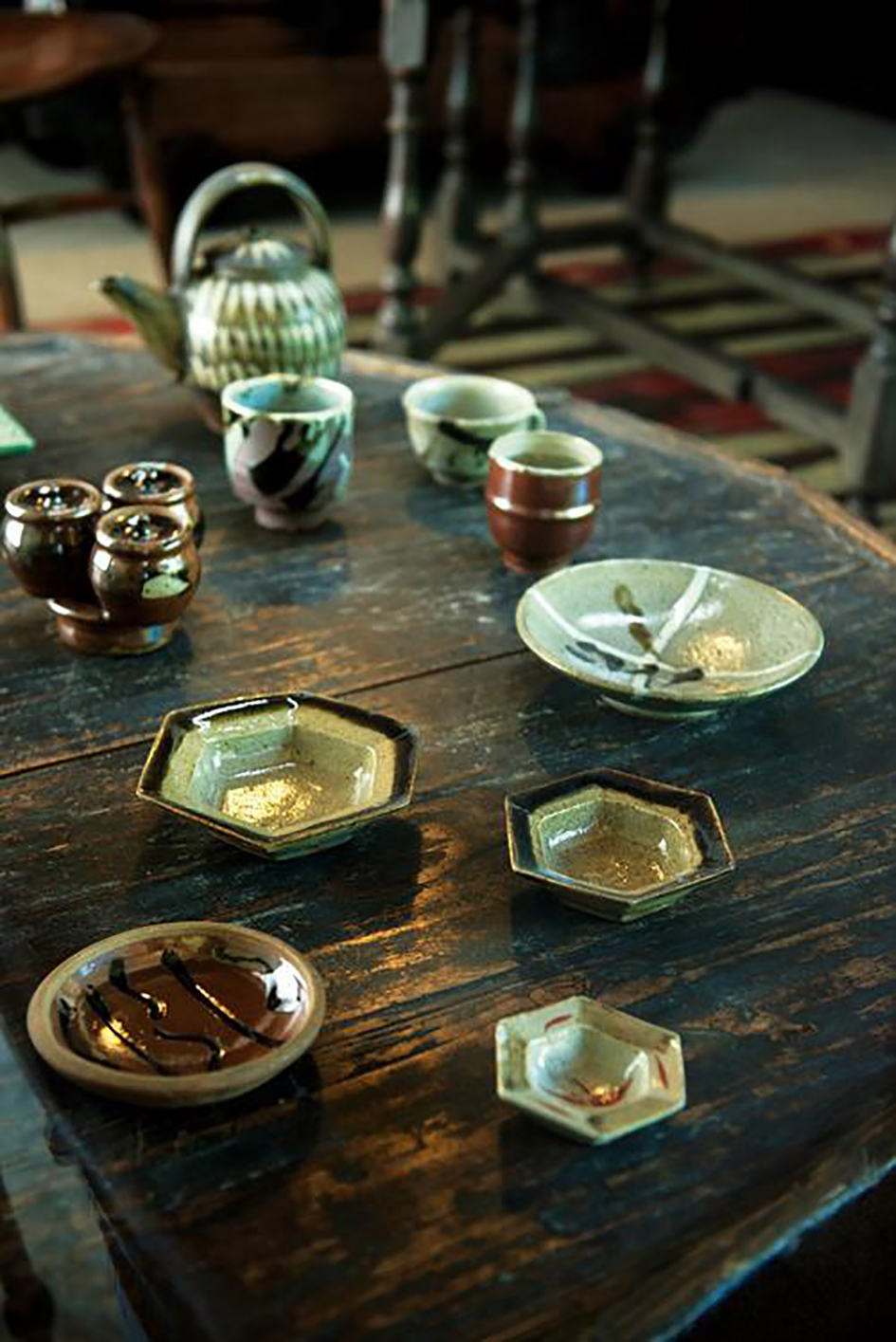
Gu Jingzhou and Shoji Hamada, though from different countries, share a similar developmental journey. They both endured rigorous training in their early years, overcoming the challenges of traditional techniques with extraordinary perseverance. Amidst confusion, they remained true to their original aspirations, seeking creative directions within their local cultures and the waves of their times. In middle age, they achieved remarkable success with their exceptional talents, breaking through geographical boundaries. In their later years, they dedicated themselves to the transmission of their craft, laying a lasting foundation for ceramics through selfless dedication. Their stories, like a stirring drumbeat, inspire those who dream of ceramics: between clay and fire, with passion, persistence, and exploration, one can surely forge their own ceramic glory, ensuring that this ancient art continues to thrive and shine brightly through generations.